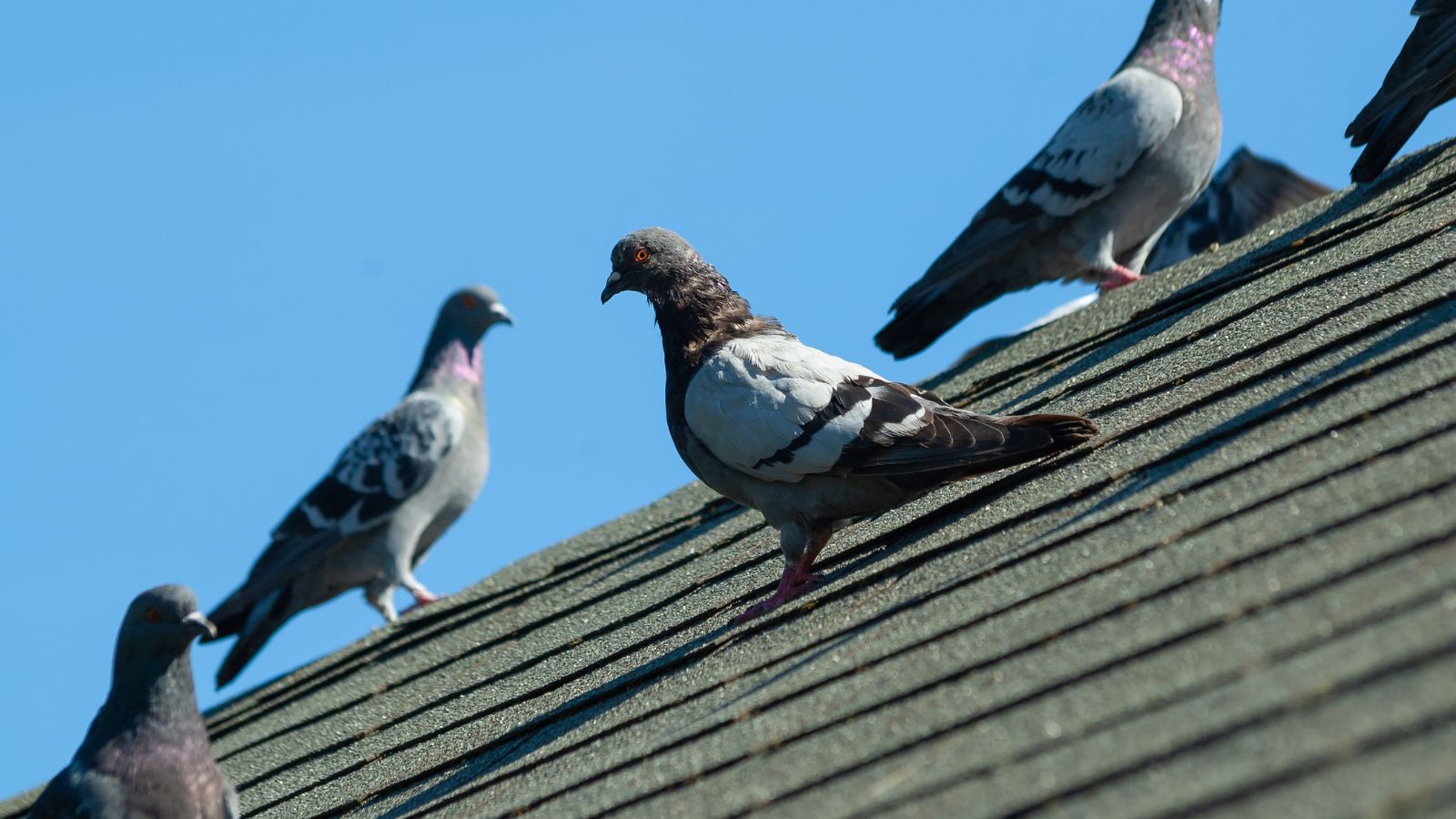Is Solar PV Right for Your Home? All Your Questions Answered
Solar PV panels use the sunlight to generate electricity. Find out how they work, what they cost and whether they're right for your home, in our ultimate guide
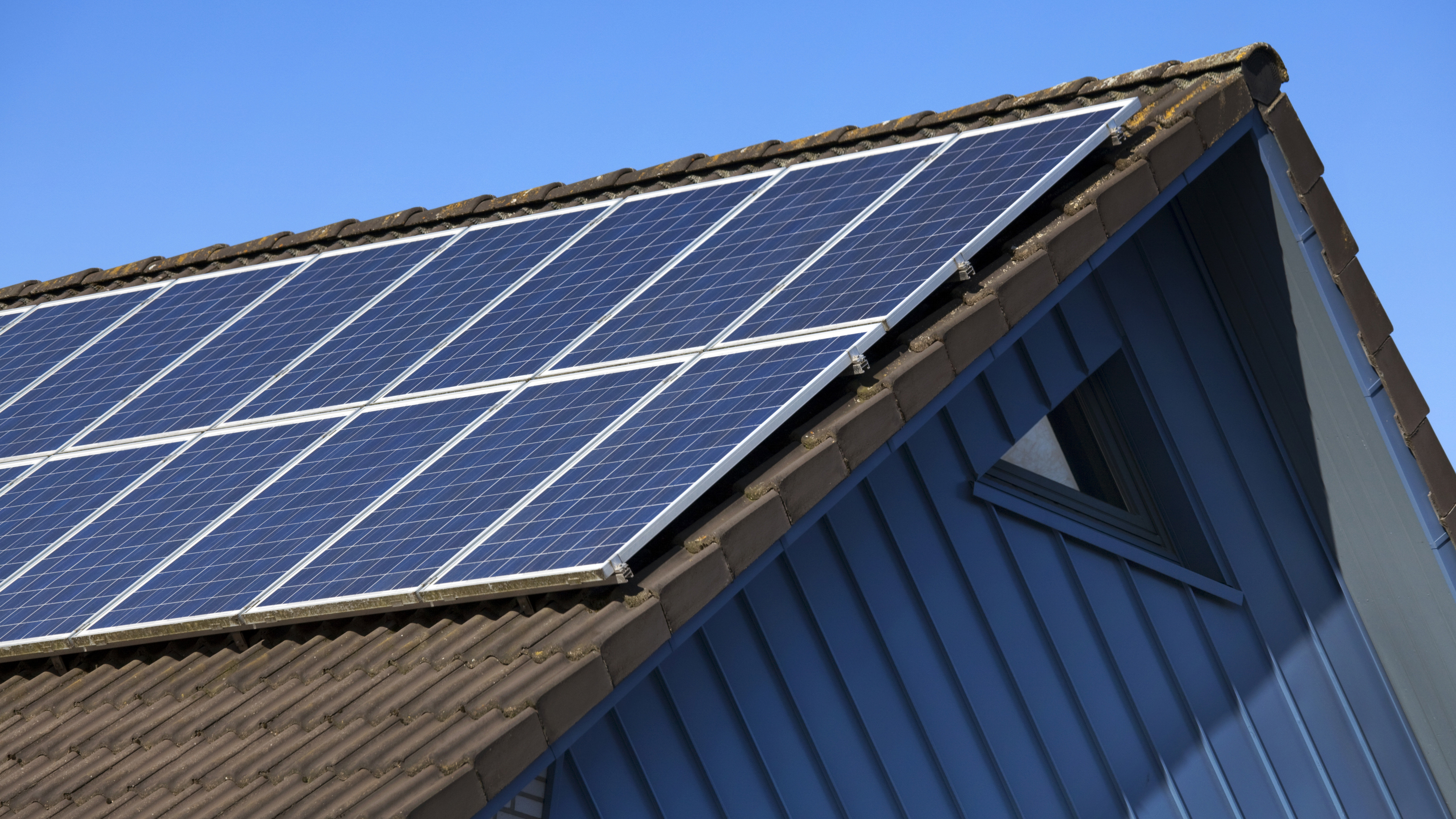
Solar PV (photovoltaic) panels, which generate electricity using the sunlight, are a great eco-friendly addition to any home, but there are several considerations to be made before you commit.
The now-defunct Feed-in Tariff paid owners of solar PV panels a generous payment over a period of 20 years for the energy they generated, and this lead to a widespread take-up across the UK. However, without the tariff you may be wondering if this type of solar panel is worth the investment? And could the spiralling cost of electricity mean this renewable technology is once again worth considering?
Our comprehensive guide covers everything you need to know, from how they work, how much they cost, how to optimise the electricity they generate, through to what's involved in the installation process.
What are Solar PV Panels?
The 'PV' in solar PV stands for photovoltaic which is the conversion of light into electricity at the atomic level. "Solar PV uses sunlight which hits a solar panel to generate electricity through an inverter," explains John Gilham, group technical manager at Green Building Renewables.
Be aware when installing solar panels that solar PV is different to solar thermal.
"A solar thermal system absorbs sunlight to heat liquid through a sealed system e.g. a hot water cylinder or thermal store with a dedicated solar thermal coil," John Gilham continues.
There are however solar hybrid panels, known as solar PVT systems, which combine PV and thermal technology in one.
How do PV Panels Work?
Solar PV panels have silicon cells in them that are doped in chemicals. When the sunlight hits the cells they create an electric current. By stringing lots of cells together the electric current is increased. A typical solar PV panel will have around 60 cells and modern panels will be able to generate around 320 Watts in strong sunlight.
Typical solar PV panels have a glass front surrounded by an aluminium frame. Silicon cells are stuck to the underside of the glass and connected together with thin metal strips.
It's worth noting that silicon is the main component of sand and is the second most abundant product in the world, but converting the ‘sand’ into usable PV cells uses a lot of energy.
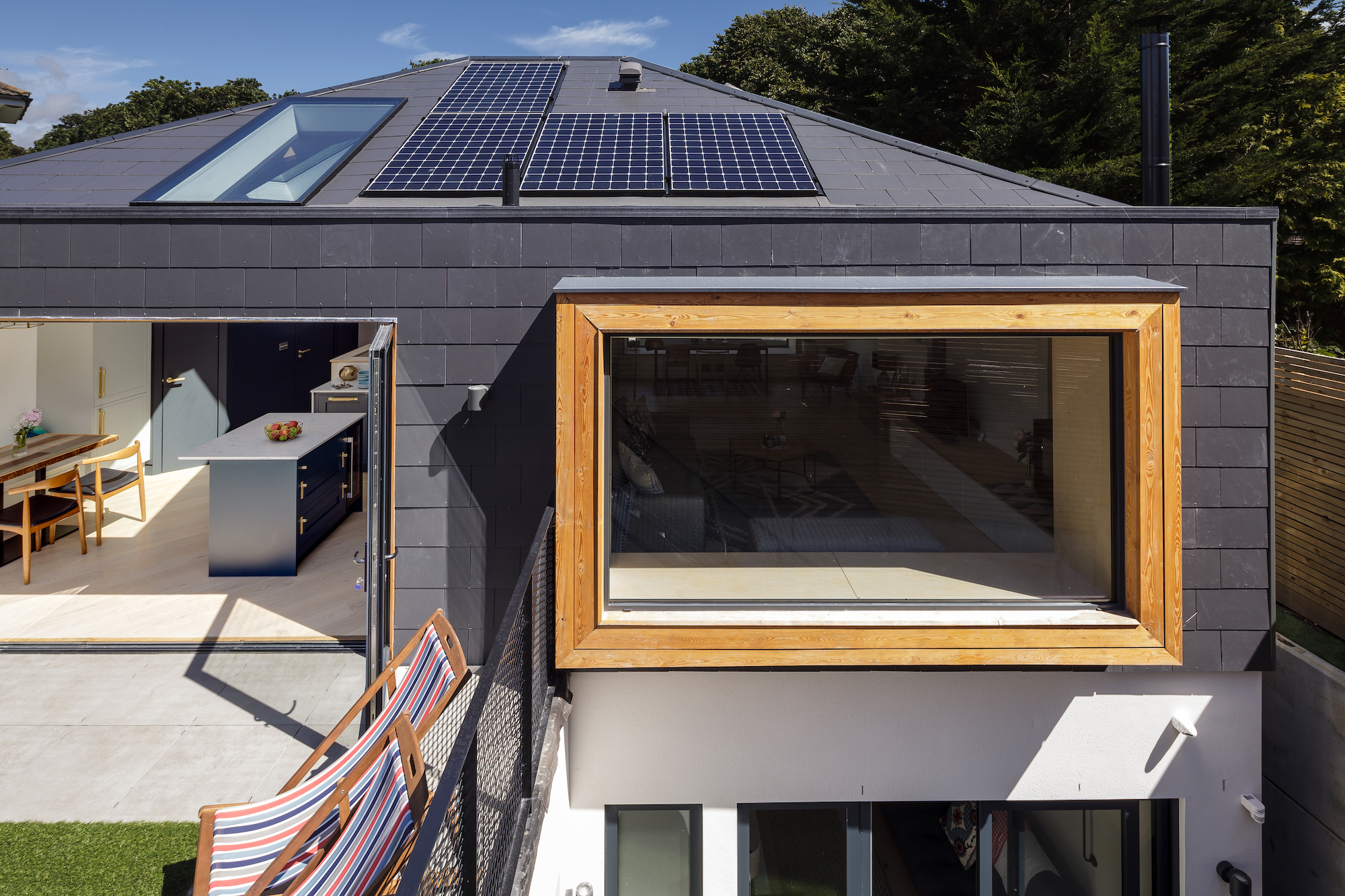
What Are the Different Types of PV Systems?
There are three main types of silicon solar PV cells:
- Monocrystalline
- Polycrystalline
- Thin film
Monocrystalline cells tend to be black in colour and are slightly more efficient (around 21%) than polycrystalline cells but are also more sensitive to heat.
Polycrystalline cells tend to be blue-ish in colour and are slightly less efficient (around 19%). They can often be less expensive as the manufacturing process is less intensive.
Thin film technologies are quite a bit less efficient (around 11%) than the mono or polycrystalline cells, but the cells are a lot less sensitive to heat and can also be used on curved surfaces and lighter weight structures.
The cells are often supplied as ‘mats’ that can be glued to a roof or as coloured glass that can then be used as Building Integrated (BIPV) such as wall cladding or glass fencing and balustrades.
There are also three main types of solar PV system:
- Grid-connected
- Standalone or off-grid solar system
- Hybrid systems
"A grid-connected PV system does not need battery storage," advises John Gilham. "A grid-connected system is an installation that uses a grid-tied inverter. The solar panels absorb solar radiation, which is then transformed into direct current (DC). The DC is then used by the solar system’s inverter and converted to alternating current (AC). The AC can be then used by household devices in the same way they would rely on a grid system. Any surplus energy is redirected back to the grid.
"A standalone PV system (also called an off-grid solar system) is not connected to the grid, it therefore requires solar batteries as a solution. Standalone PV systems can be very good for rural properties that have difficulty in connecting to the grid system. Standalone systems are good for powering applications such as water pumps and solar thermal heating systems. Standalone systems like this often require more maintenance.
"A hybrid PV system includes battery storage to maximise the efficiency of the system and allows the owner to store any excess energy generated in batteries to be uses when solar generation reduces. If the batteries are full, power can pass back to the grid. Hybrid systems can also be connected to other forms of power generation."
What is an Integrated Solar PV Panel?
Integrated Solar PV panels, often referred to as Building Integrated Photovoltaic (BIPV), are panels that replace the cladding and become part of the roof (or wall) rather than on the roof.
The integrated solar PV panels can look like slates or roof tiles or can be complete panels that have a tray system to go under the panels or special trims to join the panels together as well as edging details to complete the roof.
There are now products available that replace wall cladding as well as glass balcony systems and ‘clear’ glass solutions for atriums, light-wells and glazed roof lights.
How Much Electricity Does Solar PV Generate?
This will depend on a number of factors, including location. As an example if we look at London we would expect an unshaded 4kWp system to generate around 4,000kWh (units of electricity) per year, but in Edinburgh, which receives slightly less sunlight, this figure would drop to around 3,400kWh per year.
"There are two key metrics when it comes to solar PV systems," adds John Gilham. "The metric kWp stands for kilowatt 'peak' power output of a system. This means that it describes the maximum output in kilowatts that your PV system can produce. You can use the kWp to compare photovoltaic systems in terms of their potential output.
"A kilowatt hour (kWh) is a measure of how much energy you’re using. Although it may sound like how many kilowatts are used per hour it doesn’t actually mean that. It’s a unit of measurement where one kilowatt hour is the amount of energy used if you kept a 1,000 watt appliance running for an hour.
"So, for example, a solar panel with a peak power of 3kWp working at its maximum capacity for one hour will produce 3kWh.
"In summary, the kWh measurement tells you how much electricity your system generates, the kWp tells you how high its output is. Combined, the two values stand for the PV yield you can expect."
If you're asking 'can you run a house on solar power?', the answer is it depends on where you are in the UK as the generation output from a PV array will be different.
That being said, houses with three-phase electricity can be run entirely using renewables like solar panels and heat pumps.
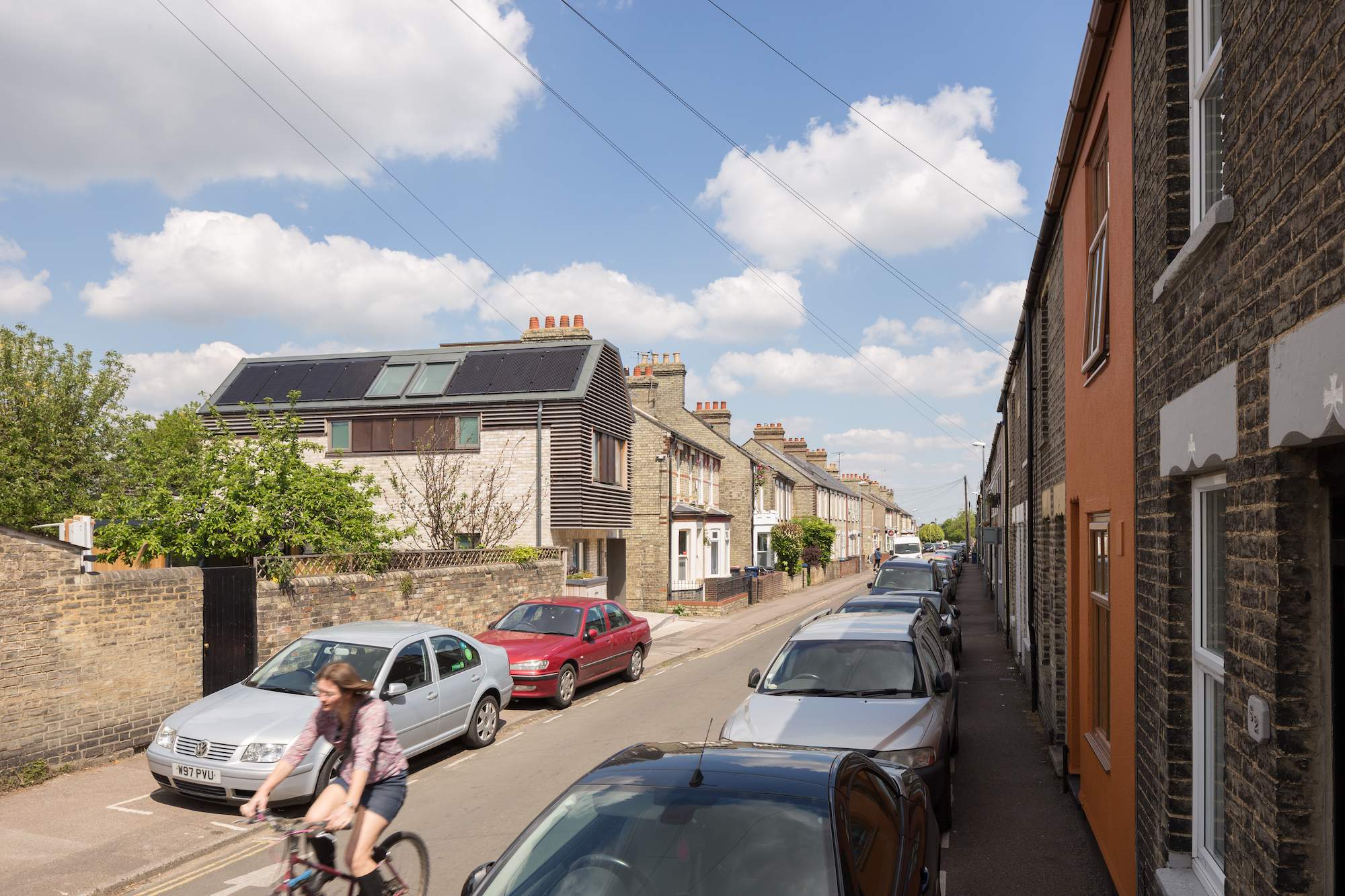
Is Solar PV Right For You?
"Several factors can be considered when determining if your house is suitable for solar PV," says John Gilham. "Here are are the key factors:
Orientation of your property
"Ideally, solar panels work best facing south. They capture the solar energy from dawn until dusk. However, if your property faces east or west you can split the number of solar panels and place on both sides of the roof to maximise the solar energy captured.
Available space/clear roof area
"Solar panels measure around 1,052 x 1,776mm and can be installed either horizontally and/or vertically to fit around chimneys/roof lights and vents. Planning permission for solar panels may need to be sought in some areas but this normally only applies to the front aspect of properties.
Shading
"Partial or full shading due to other buildings or trees will reduce the amount of solar energy created.
Consumption
"For any solar PV system, you need to consider how the system will be used and the level of consumption."
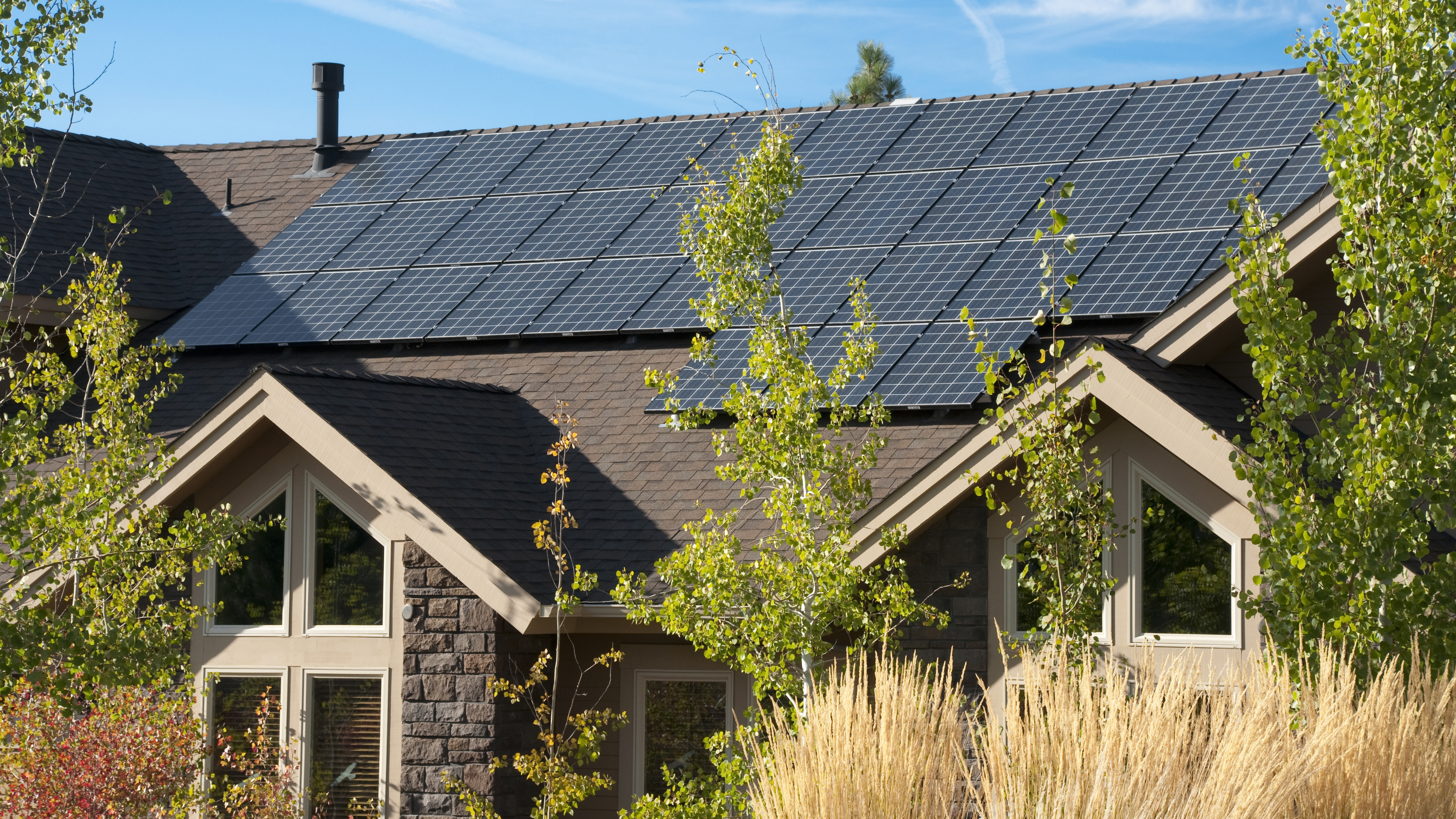
Where Should I Install Solar PV Panels?
Solar PV panels are typically installed on a pitched roof in a southern direction in the UK. Panels can also be installed on outbuildings or on purpose built frames in a paddock.
There are some frames that can also move to track the sun and optimise the generation.
Before making the decision on the position of your panels, it is worth taking a look at solar panel ideas and where other project have put their (including some ingenious solutions).
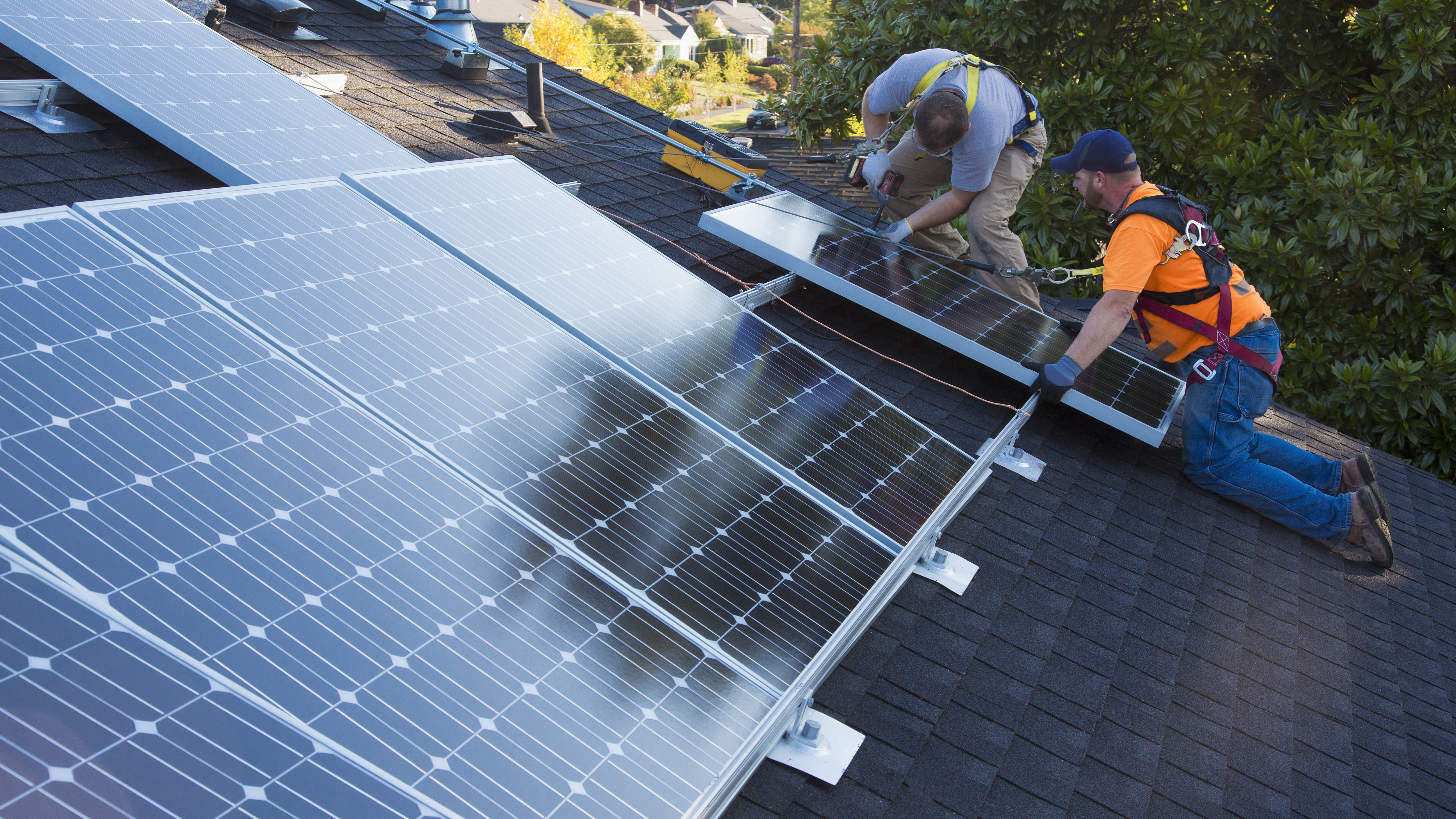
How Much Does a Solar PV System Cost to Install?
A typical 4kWp solar PV system will cost between £5,500 and £9,000 for an on-roof system. Any additional framework will carry additional cost.
Integrated panels such as those that look like slates or tiles, or those that are bedded into the roof to replace the roof cladding, will also have additional costs and range in price between £9,000 and £15,000.
It's a good idea to obtain a couple of quotes on the most recent cost of solar panels before committing. The best way to find a good solar PV installer is through word of mouth.
You could also check the Microgeneration Certification Scheme (MCS) website for local contractors and then ask them for references, preferably including references that are a number of years old.
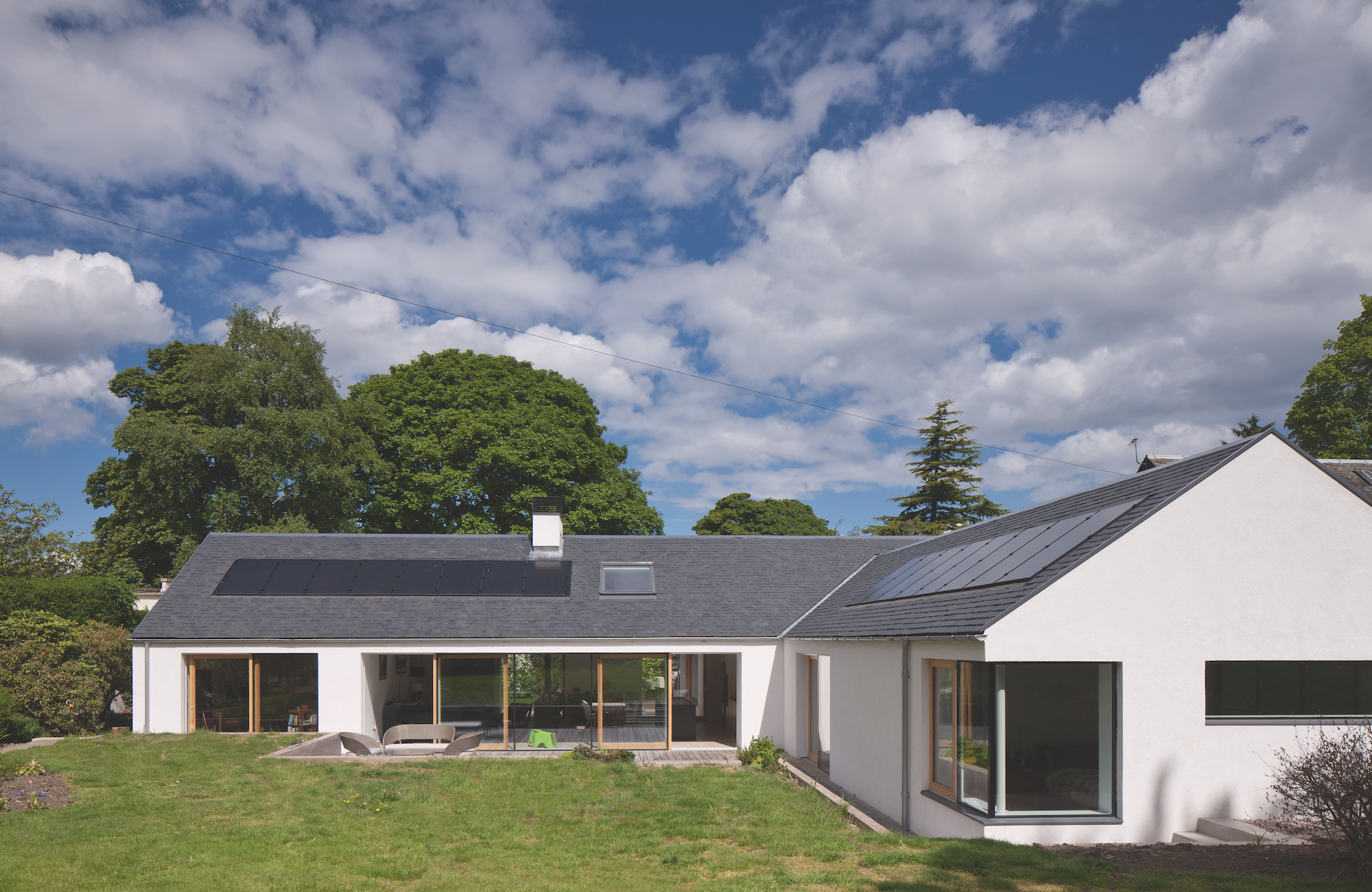
How Can My Return on Investment be Optimised?
The amount of money that you will save on your electricity bill by installing solar PV panels will depend on how much of the generation you actually use.
If you are not at home most days then the solar PV generation will only power the fridge and any other electrical appliances that happen to be running during the daylight hours.
The best way to optimise the return on investment from your solar panels is to use all the generation.
It is also best to use the electric generation for energy that would normally have been electric. As an example, if you redirect your electric generation to your hot water cylinder rather than your electric car charger then because that would normally have been heated by gas then you are only offsetting the cost of the gas which is around 6p/kWh and electricity is around 16p/kWh.
Try and run electric appliances, such as washing machine and tumble dryer, during the daylight hours if you can. The more energy you use the better the return on investment.
How Much Space Do Solar PV Panels Take Up?
A typical solar PV panel measures around 1m x 1.6m and will generate between 250 and 350W depending on the panel.
A typical solar array (the name used for a collection of panels together) will have a peak output of around 4kWp, so you would expect an array to typically have between 12 and 16 panels.
As such, 12 panels might take up around 6m x 3.2m, meaning you'll need a suitable space on your roof. (By comparison, you'll only likely need two solar thermal panels, taking up comparatively less space.)
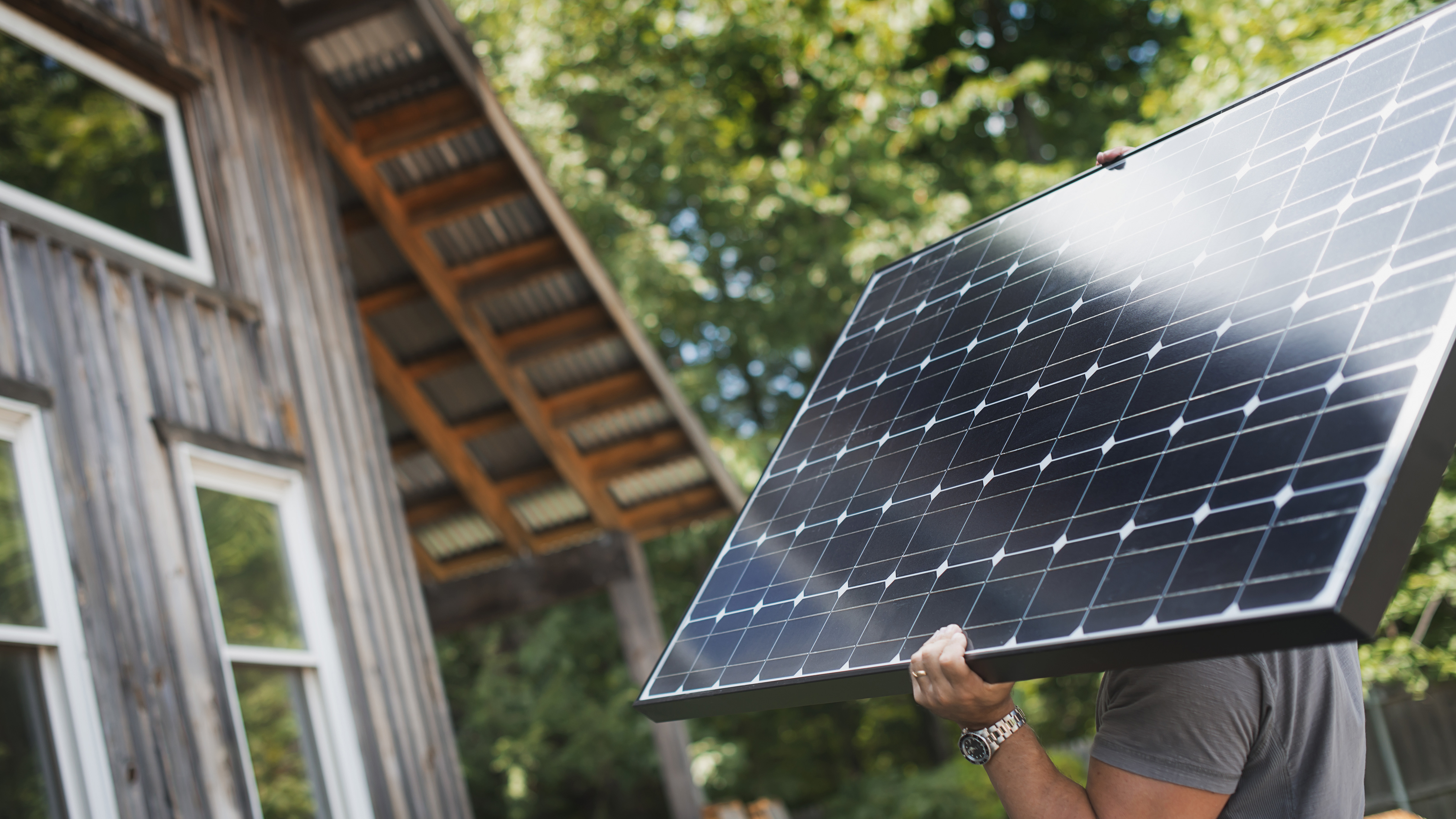
How Long Do Solar PV Panels Last?
There are solar PV panels that are operating today that are over 50 years old. The accepted useful life expectancy of a solar PV panel is, however, around 25 years with an average generation decrease of around 0.5% per year.
That said, some manufacturers, such as SolarWatt will guarantee an 87% output after 30 years on their glass-on-glass panels and LG will guarantee 90% output after 25 years on some of their panels.
How Much Maintenance do Solar Panels Require?
The maintenance requirements for solar PV panels are minimal. Usually it's simple visual checks to make sure that the panels are clean and that there are no signs of wear and tear such as the frames corroding or the wires coming loose and then degrading as they flap about in the wind.
If you have a generation app then it is also easy to track the generation so that you can be aware of any changes that may be caused by deterioration in the system.
A periodic inspection of the wiring should also be carried out by a suitably qualified electrician to make sure that the wiring is still safe.
Does Solar PV Work Well With Solar Batteries?
Solar batteries, or home batteries, are devices that store electricity so that it can be used at another time. These systems work well with solar PV systems because you can charge up the batteries during the daylight hours and then use the power later, when it is dark.
Batteries have specific storage capacity and also limited discharge capacity. You may install a battery that can hold 14kWh of charge but you may only be able to discharge at a maximum rate of around 2kWh.
Therefore if you happen to cook on an electric stove at night you may use 5kWh for cooking but you will only get 2kWh from the battery. The other 3kWh will come from the grid.
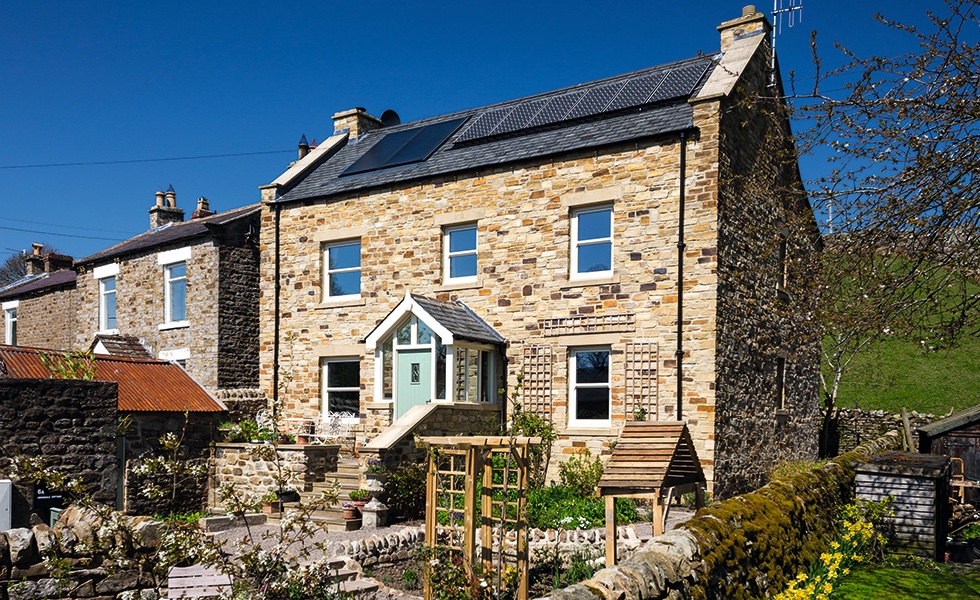
Do I Need Planning Permission to Install Solar PV Panels?
Installing solar PV panels on your home typically falls under Permitted Development, meaning you do not need to apply for planning permission. However, there are a few caveats here.
It is important to note that Permitted Development does not cover the elevation of the property that faces the road.
Any installation on the roof cannot protrude more than 150mm above the plane of the roof and cannot protrude at all above the highest part of the roof. (The highest part of the roof is usually regarded as the ridge, not the chimney.)
If the installation does not meet this criteria, then planning permission is required.
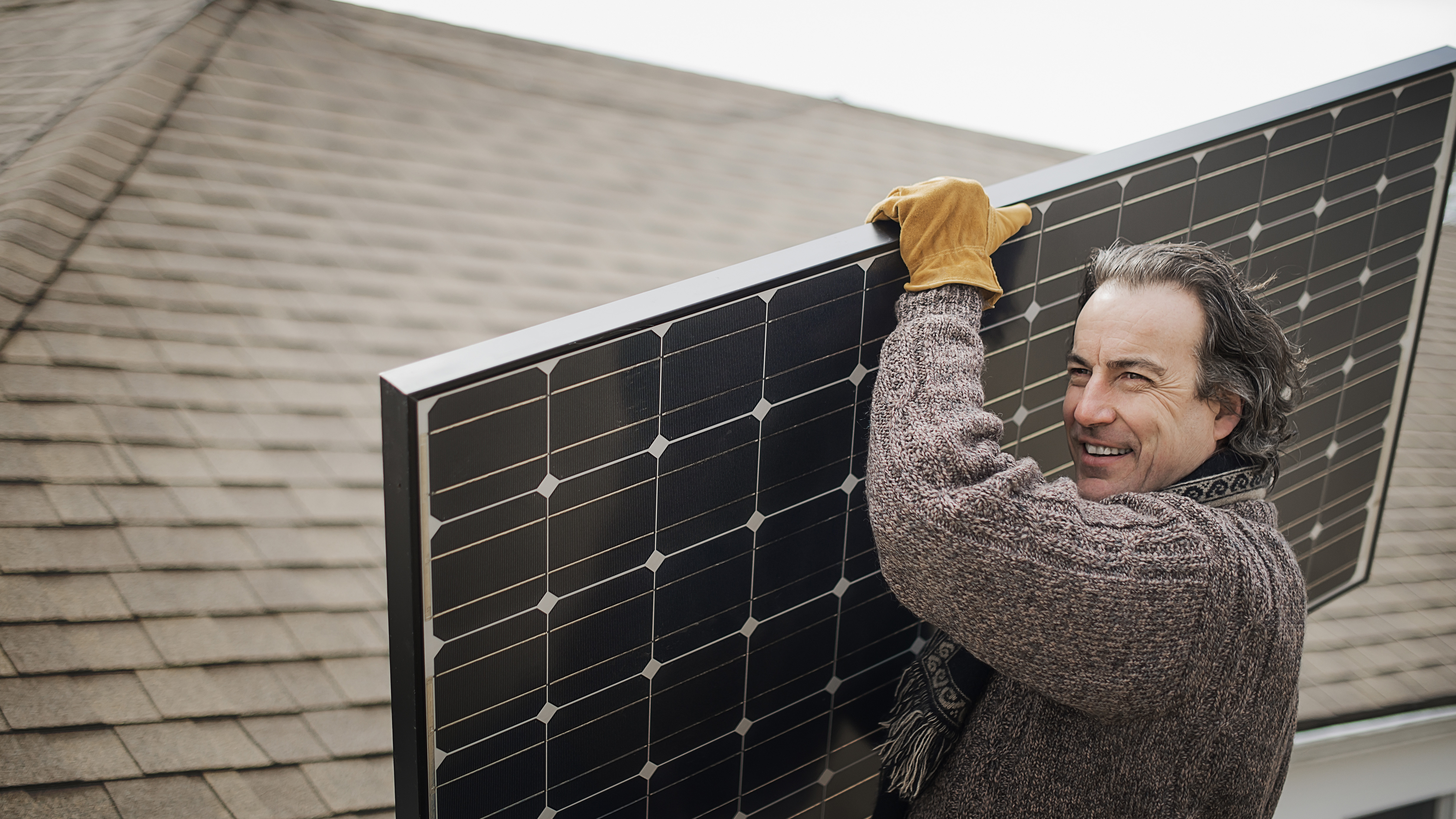
Do I Need Building Regulations’ Approval?
Solar PV panel installations will need Building Regulations approval. There is an electrical connection and there is a structural element to the installation as well.
Most of the time the installers will be members of a relevant competent persons scheme and should therefore be able to self-certify the installation and sign off the Building Regulations notification.
If the installation is not fully notified it could affect your insurance.
Are There Any Grants Available for Solar PV Panels?
There are no specific national grants or incentives available for the installation of solar PV panels since the end of the Feed-in Tariff (FiT), but energy companies will now enter into an agreement to buy your surplus generation from you, albeit at a fairly low rate.
The price offered does change from supplier to supplier so it may be worth shopping around.
Are Solar PV Panels Worth it?
So, is the key question is solar PV still worth the investment now the Feed-in Tariff has ended?
The Feed-in Tariff paid a generous incentive for the generation of renewable electricity and at its peak the figure was around 46p/kWh with the price guaranteed for 25 years. The tariffs decreased over a number of years until the scheme ended completely.
That said, the cost of installing solar PV systems has decreased since and as the cost of electricity has risen lately, the return on investment is still potentially very good if you can use your own generation.
It is not difficult to use all the generation in the winter months so it is really the summer generation that will define the return on investment. (And this is where a solar battery can aid.)
Doing the maths on an average 4kWp system, if you know you can use around 65% -75% of your annual generation then the investment is still good as it will represent around an 11-year payback depending on what you paid to get it installed.
Get the Homebuilding & Renovating Newsletter
Bring your dream home to life with expert advice, how to guides and design inspiration. Sign up for our newsletter and get two free tickets to a Homebuilding & Renovating Show near you.
David is a renewables and ventilation installer, with over 35 years experience, and is a long-standing contributor to Homebuilding and Renovating magazine. He is a member of the Gas Safe Register, has a Masters degree in Sustainable Architecture, and is an authority in sustainable building and energy efficiency, with extensive knowledge in building fabrics, heat recovery ventilation, renewables, and also conventional heating systems. He is also a speaker at the Homebuilding & Renovating Show.
Passionate about healthy, efficient homes, he is director of Heat and Energy Ltd. He works with architects, builders, self builders and renovators, and designs and project manages the installation of ventilation and heating systems to achieve the most energy efficient and cost effective outcome for every home.

